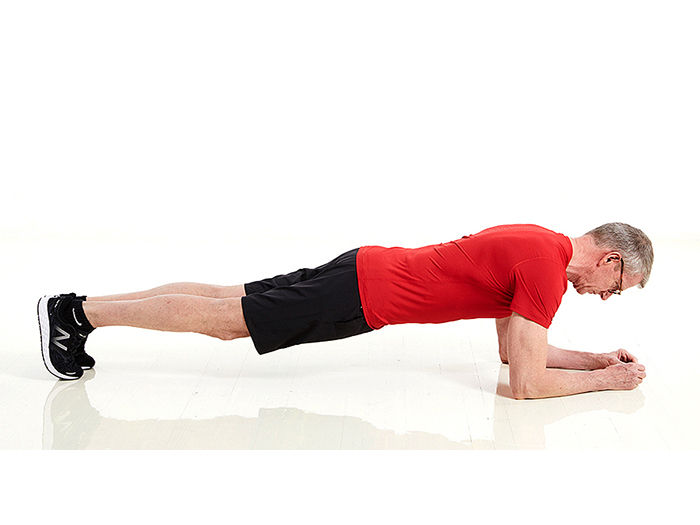The Isometric Exercise
- Peak Level Performance
- Jan 14, 2022
- 2 min read
When you think of exercise, you likely envision a body in movement. We call this an isotonic muscle action, and more specifically the eccentric and concentric actions. An eccentric action is when a muscle develops tension while lengthening in response to a greater external force. A concentric action is the opposite, when the muscle develops tension while shortening in response to a lesser external force. But wait, that isn't the only type of exercise! What about when the body isn't in action and is holding still?
Isometric Muscle Actions

An isometric action occurs when your muscles are under tension without a change in muscle length or any visible movement of your joints. We noted external forces above when describing eccentric and concentric motions. When undergoing an isometric hold, your body is matching the external forces placed on your body.
Let's take this one step deeper. You body can perform an isometric action during an isotonic action. Think of performing a squat. While your lower body is in motion, your hip adductor and abductor muscles contract isometrically to exert equal force at your knee joint to prevent unnecessary movement side-to-side and rotationally. This maintains your stability while your other muscles work to move your hips, knees and ankles.
While isometric holds are limited in daily life, the muscle action is crucial in maintaining postural control. It is important to develop this strength to prepare your body to resist forces and maintain stability.
How We Incorporate Isometric Actions Into Exercise
Because our bodies are rarely in purely isometric demanding situations, it is important to integrate these moves into larger training programs. They are most often used when we want to limit joint motion. You will see them most utilized with core training. These exercises begin using bodyweight and can be progressed by adding weight. They are great because you can do many of them in any location and without the need for equipment.
Let's circle back to core training. One of our top goals for core training is to create the most stability possible and minimize any unwanted movement of the spine. Isometric core exercises primarily target the local core musculature - and example of this is a plank.
When we spoke before about progressive training (link here) we outlined specific tempos used during different phases. As you will recall, in Phase 1, we use a 4/2/1 tempo to build stability and endurance. This is comprised of 4 seconds for the eccentric contraction, 2 seconds for the isometric hold, 1 seconds for the concentric contraction.

The isometric portion of any movement occurs when the movement around the joint is stopped before progressing to the next stage of movement. For example, when performing a squat, there is a moment at the bottom of the squat when you cease to move before returning to standing. This is where your body is isometrically challenged to control your posture and avoid any compensated movements.
Examples of Isometric Exercises
Plank
Pallof Press
Squat Hold

Comments